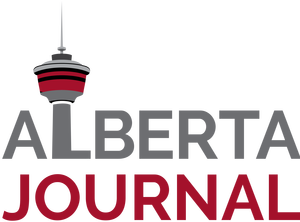'Noisy' survey data make it difficult to explain Alberta's massive youth unemployment rate: economists
Alberta’s June youth unemployment rate — the highest in the country — looks staggering, but it’s not the most important measure showing the province could be an economic outlier in the COVID-19 pandemic recovery.
The province lost a total of 37,000 full-time jobs in June, with most of those being replaced by part-time employment which increased by 36,800. Overall unemployment sat at 9.3 per cent, but Alberta’s unemployment rate for youth between the ages of 15 and 24 spiked to 18.1 per cent in June — the highest in Canada.
Joseph Marchand, a University of Alberta economics professor specializing in labour, said labour force survey data for this age group is especially “noisy,” which makes it difficult to interpret.
“When we talk on a month-to-month basis, I wouldn’t worry too much, because there are huge jumps,” he said, adding part-time hirings failing to entice back some workers who received the Canada Emergency Response Benefit (CERB) might distort the labour market across the country, especially among young people — but it’s still really too early to tell by how much.
Mikal Skuterud, a professor at the University of Waterloo also specializing in labour economics, agreed monthly youth unemployment numbers should be taken with a grain of salt, and said because it’s a federal program, CERB-related distortions will likely play out in Alberta in the same way they do everywhere else.
Marchand pointed to the minimum wage as a big factor separating the province, noting Alberta’s $15/hour for those over the age of 18 is 20 cents lower than B.C.’s but higher than Saskatchewan’s $11.45. Saskatchewan’s June unemployment rate of 9.9 per cent is just over half of Alberta’s.





